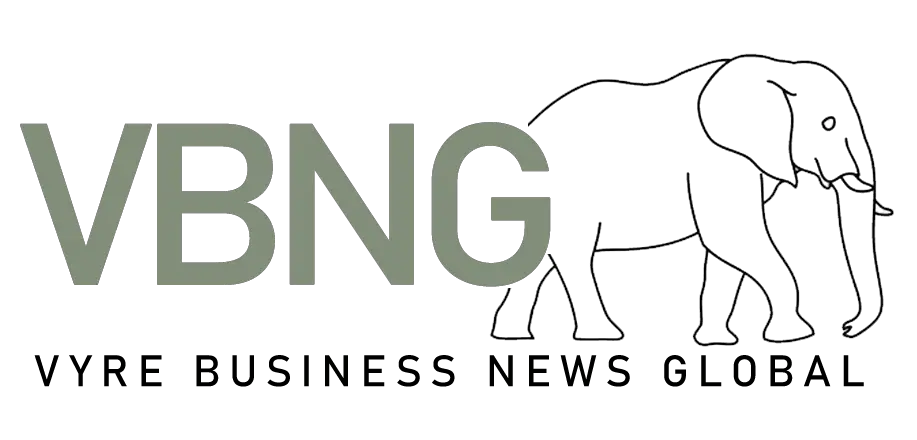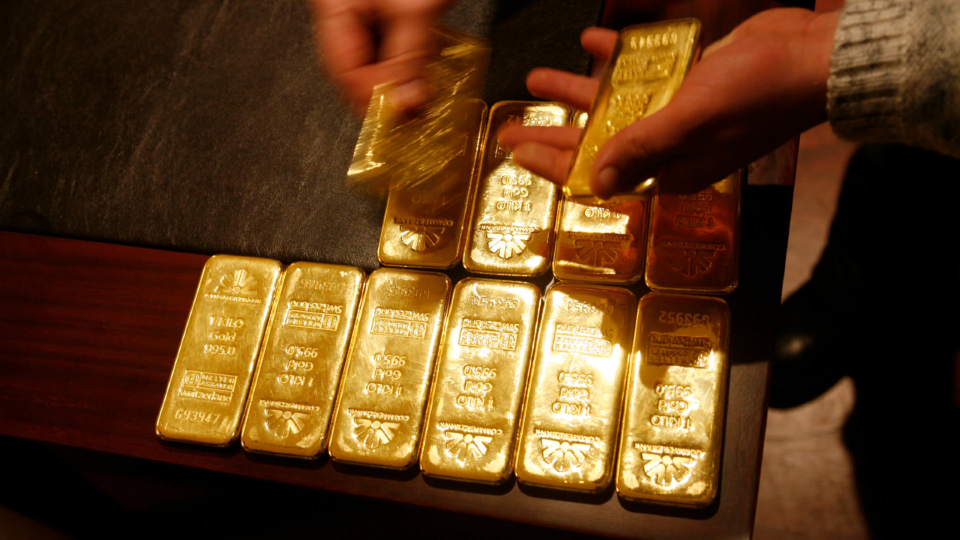In a historic moment for the precious metals market, gold has surpassed the $3,000 per ounce threshold, marking a new era for investors and economists alike. This milestone, reached today, represents a significant leap from previous records and has sent shockwaves through financial markets worldwide.
The yellow metal’s ascent to these lofty heights comes amid a perfect storm of global economic uncertainty, geopolitical tensions, and shifting monetary policies. Gold futures (GC=F) breached the $2,990 level just a day prior, driven by escalating trade disputes and modest inflation figures that have fueled speculation about potential interest rate cuts by the Federal Reserve.
This remarkable rally has prompted Wall Street analysts to rapidly revise their price projections upward. Macquarie Group, in a bold forecast, suggests that gold could reach as high as $3,500 per ounce by the third quarter of this year. Their head of strategy, Garvey, cited President Trump’s swift declarations regarding import tariffs as a key factor contributing to geopolitical instability and heightened inflation expectations.
The current price surge draws parallels to a similar phenomenon witnessed 45 years ago. In January 1980, gold hit $850 per ounce, equivalent to approximately $3,470 in today’s dollars when adjusted for inflation. However, that historic peak was followed by a dramatic decline, with prices plummeting by more than half within 15 months.
Investors and analysts are now debating whether the current rally will prove more sustainable than its predecessor. The landscape of 2025 differs significantly from that of 1980, with structural factors such as geopolitical fragmentation, central bank diversification, and potential currency debasement creating a supportive backdrop for gold.
Major financial institutions have been quick to adjust their forecasts in light of recent developments. Goldman Sachs has raised its price target to $3,100 per ounce for the second quarter of 2025, while UBS has set a year-end forecast of $2,900. Bank of America analysts, who had earlier suggested gold could reach $3,000 by year-end, have seen their target achieved ahead of schedule.
The supply-demand dynamics for gold appear favorable, with limited production growth from major miners contrasting with increasing investment and central bank demand. This imbalance could continue to support prices even if investment demand moderates from current levels.
As gold breaks new ground, it’s worth noting that the metal has outperformed many analysts’ expectations. The current price of $3,000 per ounce represents a significant increase from the average closing price of $2,806.92 seen earlier this year, and a substantial jump from the $2,624.60 opening price at the beginning of 2025.
While the immediate future of gold prices remains uncertain, many experts believe that the long-term trajectory for the precious metal remains positive. Investors with appropriate time horizons might view any significant price corrections as potential entry points rather than causes for concern.
As the world watches gold’s meteoric rise, questions about its role in the global financial system and its potential to reshape investment strategies continue to multiply. Whether this golden age will persist or face a correction similar to that of the 1980s remains to be seen, but for now, the precious metal continues to shine brighter than ever in the eyes of investors seeking a safe haven in uncertain times.

